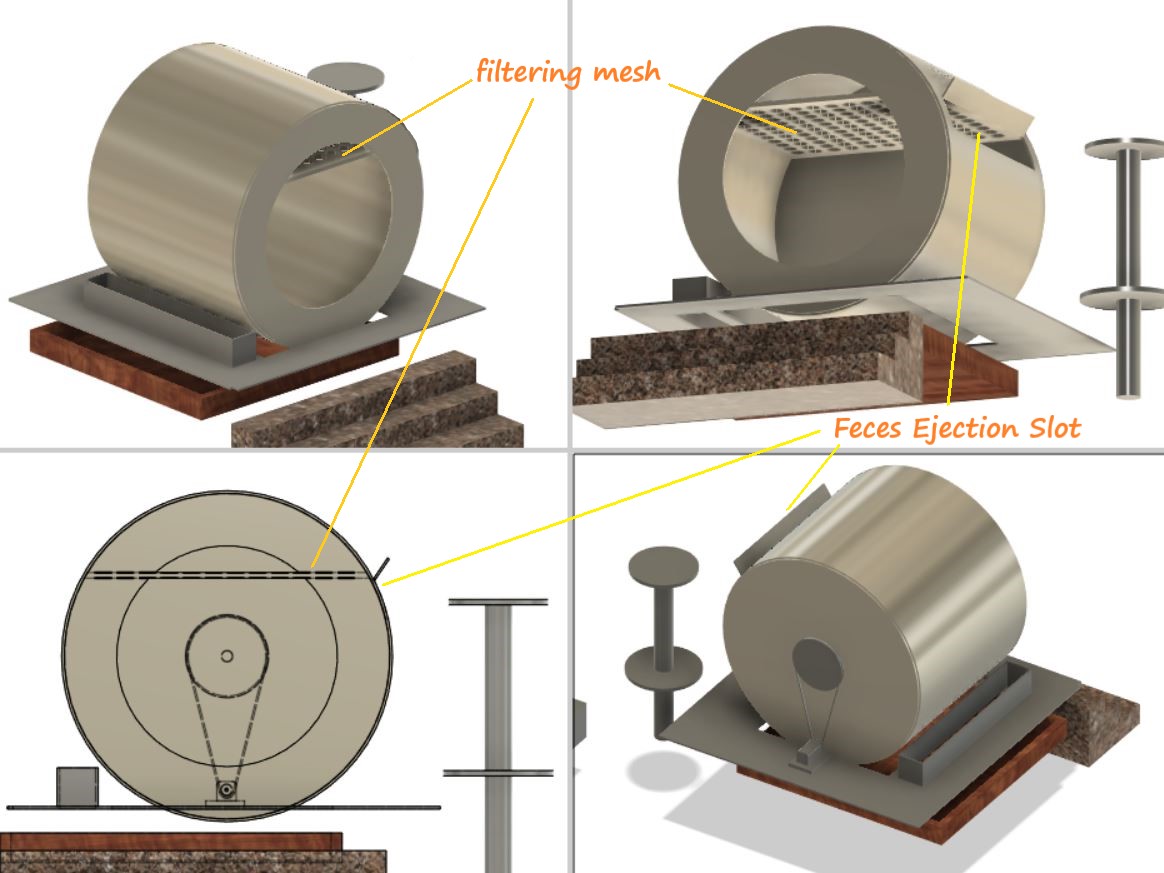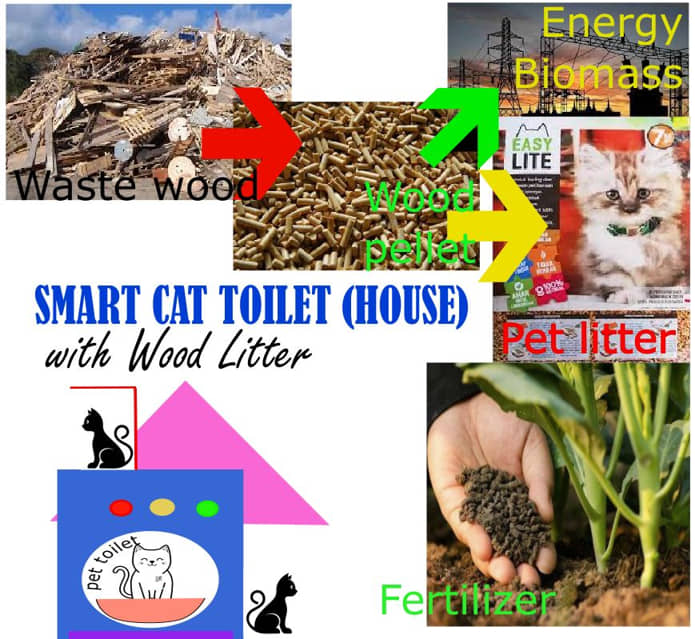16. Applications and Implications¶
Assignment (week 16):
Propose a final project masterpiece that integrates the range of units covered,
-
answering:
- What will it do?
- Who’s done what beforehand?
- What will you design?
- What materials and components will be used?
- Where will come from?
- How much will they cost?
- What parts and systems will be made?
- What processes will be used?
- What questions need to be answered?
- How will it be evaluated?
-
Your project should incorporate 2D and 3D design, additive and subtractive fabrication processes, electronics design and production, embedded microcontroller interfacing and programming, system integration and packaging
- Where possible, you should make rather than buy the parts of your project
- Projects can be separate or joint, but need to show individual mastery of the skills, and be independently operable
Week 16 : To do checklist
- Concept the Final Project
- Answer the questions
- Concept the design, fabrication processes, electronics design, embedded programming
- Planning the materials which is required
- Planning the processing activity
- Continue the final Project Process
- Documentations
Answer the questions¶
What will it do?
This machine is used as a toilet for pets. The machine will change litter and separate poo from litter automatically. I will use wood pellet technology which has been widely used as biomass, and try to use it as an absorber as pet litter. The wood pellet technology is an environmental friendly solution (compared to commercial cat litter).
Who’s done what beforehand?
There are several similar products from commercial manufacturers of automatic toilet paint. This product uses litter in the form of sand to place the cat’s pee. While in my project I will use wood pellets (which have different sizes) which will also function as an odor absorber and cat pee.
I want to make something affordable and buildable by anyone and not expensive like the commercial versions.




What will you design?
I will design a toilet for pets that has an automatic litter change mechanism which also provides a play area for pets. There are several steps/process to be design:
- design and make the box house
- design and make drums for litter
- create a mechanism for changing litter
- make electronics for sensors and motion for automatic change
- testing and evaluating
What materials and components will be used?

Where will come from?
some part we got from Fablab Kamakura and another we bought from local market
How much will they cost?
| Qty | Description | Price | Link | Notes |
|---|---|---|---|---|
| 5 | Plywood 12mm | 17.40 $ | Local market | |
| 1 | MCU: Attiny 3216 | 9.60 $ | Digikey | |
| 1 | Ammonia sensor MQ-137 | 22.00 $ | Amazon | |
| 1 | High torque Nema 23 stepper | 39.99 $ | Amazon | |
| 1 | Temperatur & Humidity sensor DHT-11 | 9.99 $ | Amazon | |
| 1 | LED | 6.99 $ | Amazon | |
| 1 | LCD Display | 9.59 $ | Amazon | |
| 1 | Power supply 24v 20A | 44.99 $ | Amazon | |
| 1 | PIR Infrared sensor | 8.49 $ | Amazon | |
| 1 | PCB Board FR-1 | 2.00 $ | Amazon | |
| 1 | Bearing | 4.00 $ | Amazon | |
| 2 | DRV8825 Stepper Motor Driver | 21.49 $ | Amazon | |
| 1 | Proximity Switch | 12.99 $ | Amazon | |
| 1 | ILI9341 SPI TFT LCD | 17.49 $ | Amazon | |
| 1 | Stepper Motor Driver NEMA 17 | 21.49 $ | Amazon |
The Estimated cost around USD 300 - 350
What parts and systems will be made?
- House box : CNC router


- Drum for litter : Laser Cutting and CNC router


-
Mechanism for drum rotation and separate the fresh wood litter and poo
-
Electronics Production (PCB):



What processes will be used?
- CNC router : Box house (plywood)
- Laser Cutting : drum
- Electronics Production : Mini CNC Rolland
- 3D Printer : gear and part for change mechanism
What questions need to be answered?
What is the mechanism for sorting and separating pees from liters
How will it be evaluated?
To make sure everything works fine, I will evaluate with some tests, namely:
-
functional testing.
- the strength of the material in both the housing and the drum for the litter
- test the motor’s ability to rotate and move the separator (power/torque)
- Test PCB track to make sure MCU can work
- testing programming algorithms to make sure all sensors and working sequences match
-
real test with animal behavior (It seems that cats need to be trained first to want to use this equipment)

